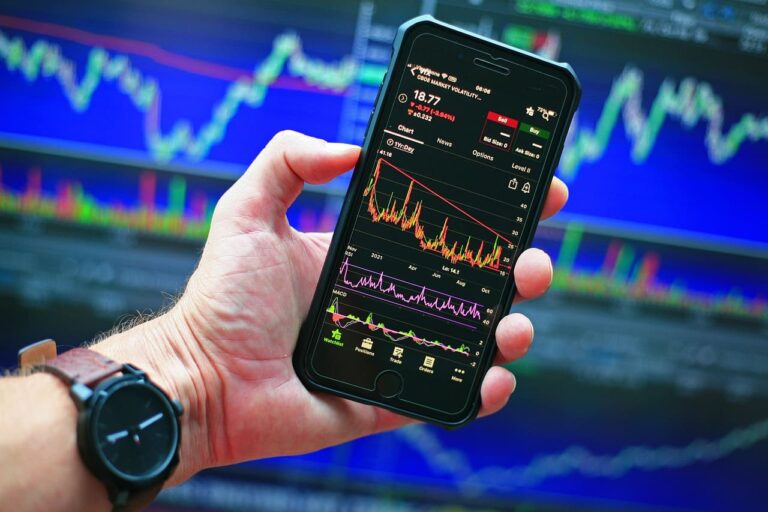Trading can be complicated, especially when dealing with futures and options. Futures trading involves buying and selling a specific asset at a pre-determined price in the future, while options trading gives you the right, but not the obligation, to do the same. The main difference lies in the level of obligation and risk involved. For traders, understanding this is crucial as it helps define a trading strategy and calculate potential returns on the amount traded. This article aims to bring clarity to futures and options trading by outlining the key differences between them.
Understanding futures trading
A futures contract is a financial act in which a buyer agrees to buy, or a seller agrees to sell, a specific asset at a predetermined price and date in the future. This asset may be a physical commodity, such as oil, or it may be something like a stock.
The most important thing in futures trading is that the obligation to buy or sell must occur no matter what the market price is before the contract expires.
This form of trading is typically used to hedge risks or speculate on price movements.

Understand options trading
Option trading is a financial transaction in which the buyer has the option to sell or buy an asset at a predetermined price and date. Options are contracts linked to an underlying asset, such as a stock, and act as a diversification tool. His two basic types of options are calls and puts.
- Call options: Gives the right to buy the underlying security, but not the obligation to buy it at a specific price within a specific time period
- Add options: Gives the right to sell the underlying security, but not the obligation at a fixed strike price
Options trading provides traders with a way to speculate on the future direction of the stock market as a whole or individual securities. Options can also enhance your personal portfolio and limit your losses.
Key differences between futures trading and options trading
This table outlines the main differences between futures and options trading.
| side | Futures Trading | options trading |
|---|---|---|
| duty | In a futures contract, the buyer purchases and the seller sells the underlying asset at the expiration of the contract. | An option contract gives the buyer the right, but not the obligation, to buy (call option) or sell (put option) the underlying asset at the expiration of the contract. |
| risk profile | Futures trading involves potentially unlimited risk as market prices can move significantly against your position. | Risk in options trading is limited to the premium paid for the contract. However, options sellers/sellers may face significant risks. |
| flexibility | Futures contracts are standardized and less flexible. | Option contracts are more flexible, allowing traders to customize the contract to suit their risk tolerance and goals. |
| premium | There is no upfront premium on futures contracts. Initial margin is a type of security deposit, but it is not an expense. | In options trading, the buyer pays the seller an upfront premium for the right to buy or sell the underlying asset. |
These differences can have a significant impact on the potential risks and rewards of a trade, so it’s important to understand them before you start trading.
conclusion
Now you know that futures and options are different trading methods. Futures are like promises to buy or sell, while options give you the option to buy or sell. Remember that futures can be risky because you have to buy or sell no matter what. Options are safer because you can choose not to buy or sell if you don’t want to. But both can help you make money if you understand them well.
The best way to trade FnO is reliable F&O trading app This allows you to easily buy and sell contracts, provides the most convenient tools for risk management, and allows for easy capital transfer to maximize profits. When using the best platforms, it is equally important to keep learning and staying updated on market trends that will lead to success in this field. Happy trading!


